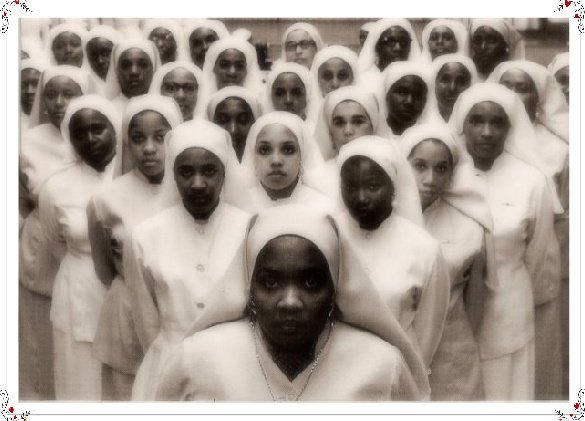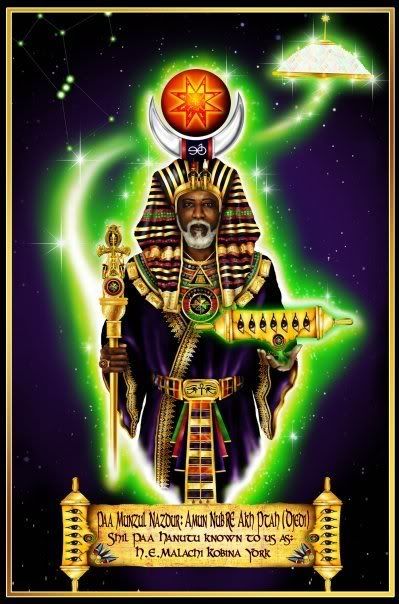
Shem Hotep ("I go in peace")


The "Black (Negro) Wall Street" was the name given to Greenwood Avenue of North Tulsa, Oklahoma during the early 1900’s. Because of strict segregation, Blacks were only allowed to shop, spend, and live in a 35 square block area called the Greenwood district. The "circulation of Black dollars" only in the Black community produced a tremendously prosperous Black business district that was admired and envied by the whole country. Oklahoma boasted of more All-Black towns and communities than any other state in the land, and these communities opened their arms to freed slaves from all across the country. Remarkably, at one time, there were over 30 African-American newspapers in Oklahoma. Since African Americans could neither live among Whites as equals nor patronize White businesses in Tulsa, Blacks had to develop a completely separate business district and community, which soon became prosperous and legendary.
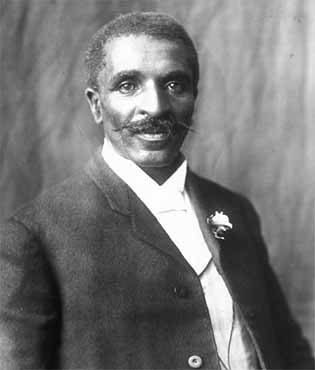
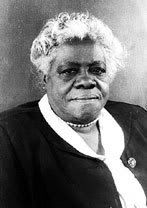
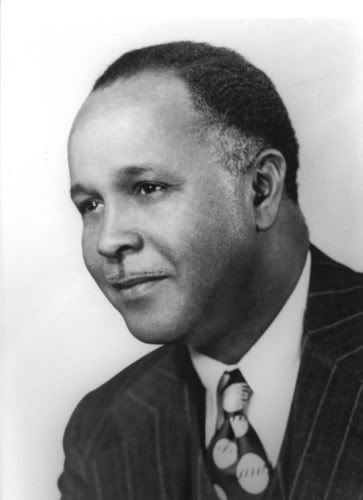
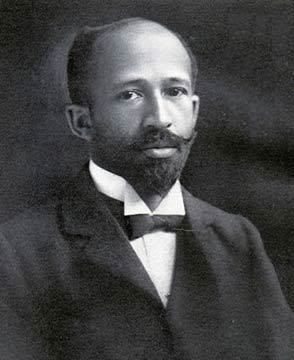
George Washington Carver, Jr. 1865-1943, Mary McLeod Bethune
1875-1955, Percy Julian 1899-1975, and W.E.B. DuBois 1868-1963.
Black dollars invested in the Black community also produced self-pride, self-sufficiency, and self-determination. The business district, beginning at the intersection of Greenwood Avenue and Archer Street, became so successful and vibrant that Booker T. Washington during his visit bestowed the moniker: "Negro Wall Street." By 1921, Tulsa’s African-American population of 11,000 had its own bus line, two high schools, one hospital, two newspapers, two theaters, three drug stores, four hotels, a public library, and thirteen churches. In addition, there were over 150 two and three story brick commercial buildings that housed clothing and grocery stores, cafes, rooming houses, nightclubs, and a large number of professional offices including doctors, lawyers, and dentists. Tulsa’s progressive African American community boasted some of the cities most elegant brick homes; well furnished with china, fine linens, beautiful furniture, and grand pianos. Mary Elizabeth Parrish from Rochester, New York wrote: "In the residential section there were homes of beauty and splendor which would please the most critical eye." Well known African American personalities often visited the Greenwood district including: educators Mary McCloud Bethune W.E.B. Dubois, scientist George Washington Carver, opera singer Marian Anderson, and noted Chicago chemist Percy Julian.
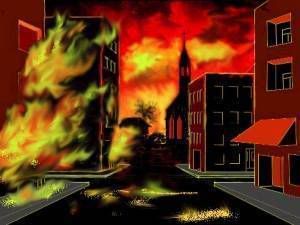
On May 31, 1921, the successful
Black Greenwood district was completely destroyed by one of the worse race riots in U.S. history.
A 19 year old Black male accidentally stumbled on a jerky elevator and bumped the17-year-old White elevator operator who screamed. The frightened young fellow was seen running from the elevator by a group of Whites and by late afternoon the "Tulsa Tribune" reported that the girl had been raped. Despite the girl’s denial of any wrongdoing, the boy was arrested and a large mob of 2000 White men came to the jail to lynch the prisoner. About 75 armed African Americans came to the jail to offer assistance to the sheriff to protect the prisoner. The sheriff not only refused the assistance but also deputized the White mob to disarm the Blacks. With a defenseless Black community before them, the White mob advanced to the Greenwood district where they first looted and then burned all Black businesses, homes, and churches. Any Black resisters were shot and thrown into the fires. When the National Guard arrived, they assisted the others by arresting all Black men, women, and children, and herding them into detention centers at the Baseball Park and Convention Hall. As many as 4,000 Blacks were held under armed guard in detention.

The "Chicago Tribute" Newspaper reported that Whites also used private airplanes to drop kerosene and dynamite on Black homes. By the next morning the entire Greenwood district was reduced to ashes and not one White was even accused of any wrong doing, much less arrested.
The race riot of Tulsa, Oklahoma was not an isolated event in American history. On May 28, 1917 a White mob in East St. Louis, Illinois of over l3, 000, ravaged African American stores, homes, and churches. Eyewitnesses reported that over 100 Blacks were gunned down as they left their burning homes including a small Black child who was shot and thrown back into the burning building to die. Seven white police officers charged with murder by the Illinois Attorney General were collectively fined $150. During the "Red Summer" of 1919, over 25 race riots were recorded (white mobs attacking black neighborhoods).In the 1919 race riot at Elaine, Arkansas, White mobs killed over 200 African Americans and burned their homes and businesses. Federal troops arrested hundreds of Blacks trying to protect their possessions and forcibly held them in basements of the city’s public schools. Twelve Blacks were indicted (no Whites) and convicted of inciting violence and sentenced to die. The NAACP persuaded the U.S. Supreme Count for the first time in history to reverse a racially biased southern court. Director John Singleton exposed the horror of the Rosewood, Florida massacre of 1922 in his film entitled "Rosewood". A White mob burned down the entire town and tried to kill all of its Black inhabitants. In April 1994, the Florida legislature passed the "Rosewood Bill", which awarded $150,000 to each of the riot’s nine eligible Black survivors.

